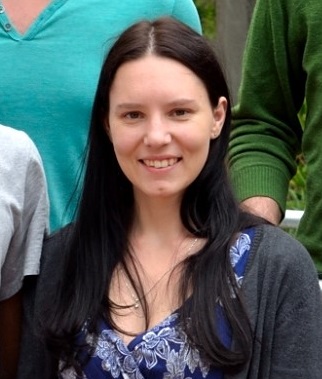Three
chemistry students at Stellenbosch University (SU) have reduced their
laboratory’s water consumption by at least 3 000 litres per week by coming
up with innovative and relatively inexpensive ways of saving water.
Four months
ago PhD students Monica Clements, Jonathan Hay and Anton Hamann started to
conduct trials in the medicinal and organic chemistry laboratory in the De
Beers Building in response to a challenge put out by their head of department,
Prof Peter Mallon, to develop ways of saving water.
“With the
water shortages in the Western Cape, we started talking about how we could
reduce water consumption in our lab. This has led us to a number of changes in
the way we operate water-consuming instruments,” they explain.
They first identified
the largest consumers of water and then developed a system – called a Closed Cold-Water
Recycling System (CCWRS) – to be used with various water thirsty lab equipment.
The closed
system consists of a cooler box, a garden hose and laboratory silicone piping,
as well as a garden fountain pump of 80L/h. The basic principle is that the
water is cooled down with ice and then recycled in a closed system, whereas
previously perfectly potable tap water would have gone down the drain.
The first
major water-user identified was the lab’s rotary evaporators, which used over
100 litres of water per day when running directly from the tap.
The evaporator’s
condenser is now connected to the closed system and not to a tap, and only uses
about five litres of ice water per day.
“All three of
our rotary evaporators have been running on this setup,
without failures of any kind even though running eight hours a day, Monday to
Friday,” Jonathan explains.
They also
found that this method of using ice cold water allowed the solvent to condense
far quicker, and that it is also far more effective in condensing low boiling
solvents.
Another
significant water user is the vacuum suction filtration process, which consumes
significant quantities of water in a very short space of time. Instead of each
student making use of their own water suction filtration setup in their fume
hoods, the lab now has one setup with a Buchi pump which uses no water at all.
“This method
of filtration was recently applied in the undergraduate laboratories, where the
amount of water saved thus far has been massive. In addition, this method has
the advantage of being significantly more efficient – resulting in a much
faster and drier filtration step that allow students to continue to the next
step more quickly,” the group explains.
Their next
target is to implement the closed cold-water recycling system in the reflux
setups: “In a synthetic laboratory reflux setups is a common occurrence and
currently makes use of municipal tap water to cool the condensers. It is
estimated that a 24h reflux uses 180-200 litres of potable water. We are now
conducting trials to see how best the CCRS can be used in this process.”
Not all
initiatives were technical. By simply placing smaller plastic buckets in the
large wash basins, they significantly reduced the amount of water used to wash
glassware. Now one bucket filled with hot water is usually sufficient for
washing two students’ glassware a day.
Prof Willem
van Otterlo and Dr Margaret Blackie, the research group leaders for the
laboratory, say they hope this initiative will motivate other research
laboratories to look for innovative ways of saving water.
Prof Peter
Mallon, head of the Department of Chemistry and Polymer Science at SU, says
this is an outstanding initiative on the part of the postgraduate students: “It
shows a high degree of responsibility and social engagement on their part. We have recently instituted these water saving
measures in our first year laboratories, where nearly 900 first years are now using
it,” prof Mallon adds. 
On the photo, Jonathan Hay (left) and Anton Hamann with the Cold-Water Recycling
System (CWRS) they developed, together with Monica Clements (on the right), currently in the USA. It consists of a red cooler box connected to a laboratory rotary evaporator
supplying ice water to the condenser coil. Photo: Wiida Fourie

